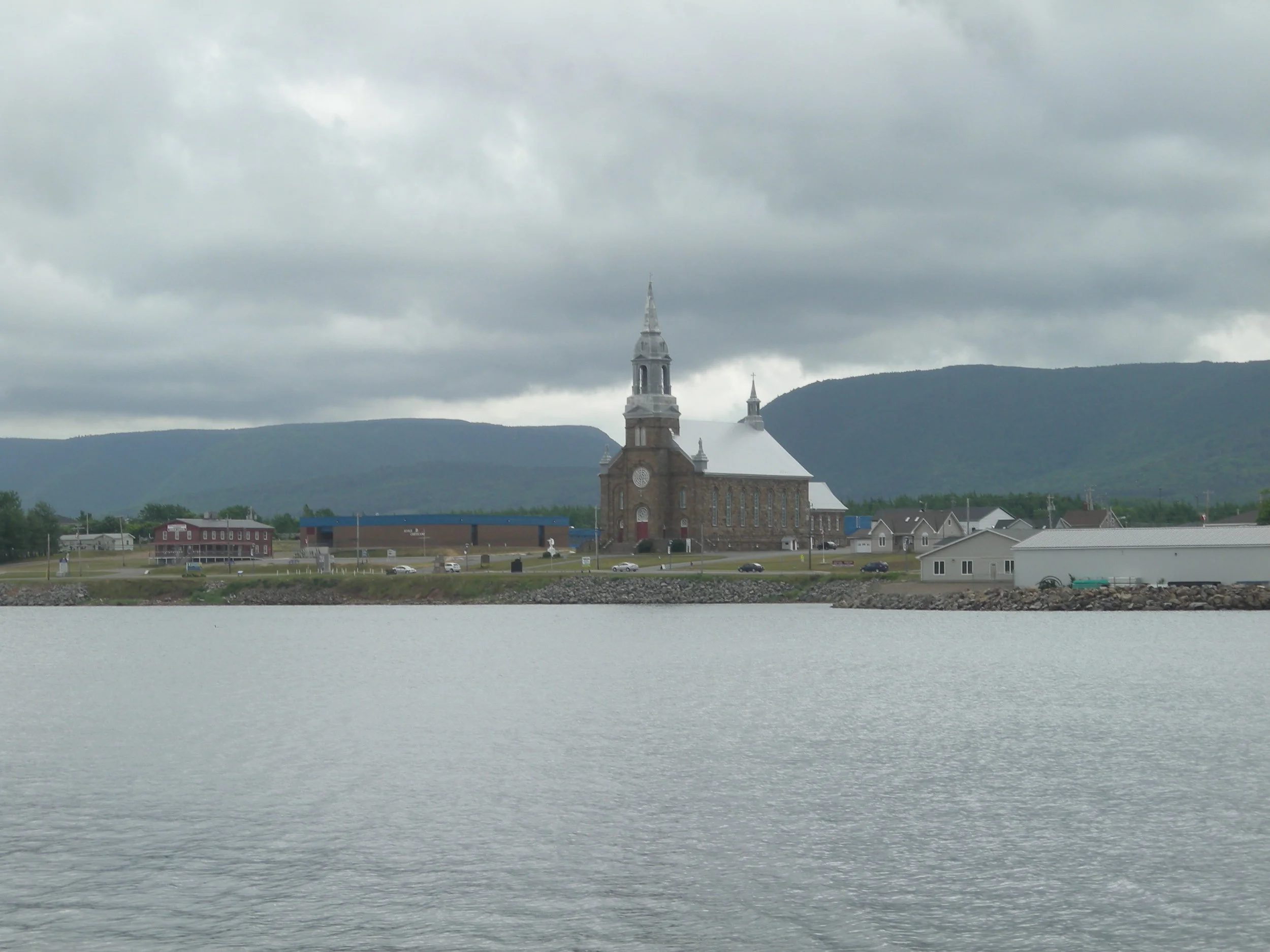The Chéticamp region
Chéticamp and the neighbouring communities of Saint-Joseph-du-Moine, Belle-Côte and East-Margaree form a majority-francophone enclave in Cape Breton Island in eastern Nova Scotia, although French is a minority language at the provincial level. While the local population comprises some 5000 residents, they are surrounded by anglophone communities. They are also disadvantaged by being at some distance from other Acadian regions of the province. The first settlers in the Chéticamp region arrived around 1782 and were soon followed by a group of fourteen additional families who received land grants in 1790. The early inhabitants had been in exile in France or New-England following the 1755-1758 Expulsion of the original Acadian settlers from their lands. Later settlers included other Acadians who had sought refuge, in some cases in Prince Edward Island, the French islands of Saint-Pierre and Miquelon or elsewhere in eastern North America. These settlers were joined by sailors from Lower Canada and deserters from the French navy and the Napoleonic wars.
Throughout its history, the inhabitants of the Chéticamp region have had access to French education and to a Roman Catholic ministry provided by francophone priests from Québec, France and other Acadian regions. In fact, at the end of the 20th century this Acadian region had the lowest rate of assimilation to English in the province. Indeed, the 2016 Statistics Canada census found 37.8% of the population had remained francophone. Likewise, linguistics research has shown the use of English borrowings to be lower than in other Nova Scotia Acadian regions.
The Acadians found employment with fish harvesters and with merchants from the Channel Islands, the so-called jerseymen. Given its geographical isolation on the north shore of Cape Breton Island (in addition to a lack of roads), the region’s focus has traditionally been on the sea and has been part of what is known as “la communauté du Golfe”. The Gulf of St. Lawrence communities were historically linked with one another and to this day we still find similar family names in parts of Cape Breton, Iles de la Madeleine, Prince Edward Island and western Newfoundland. These coastal towns share a number of dialectal features that set them apart from southwest Nova Scotia. In a similar vein, these communities share common folktale and folk music traditions along with both secular and religious traditions (such as those surrounding Candlemas) although they may be in decline today.
Références :
Chiasson, A. (1962). Chéticamp: Histoire et Traditions Acadiennes. Moncton: Éditions des Aboiteaux.
Flikied, K. (1989). Recherches sociolinguistiques sur les parlers acadiens du Nouveau-Brunswick et de la Nouvelle-Écosse. In R. Mougeon, & É. Béniak (Eds.), Le français parlé hors Québec, aperçu sociolinguistique (pp. 183–199). Québec: Presses de l’Université Laval.
Ross, S., & Deveau, J. A. (1995). The Acadians of Nova Scotia, Past and Present. Halifax: Nimbus Publishing.

